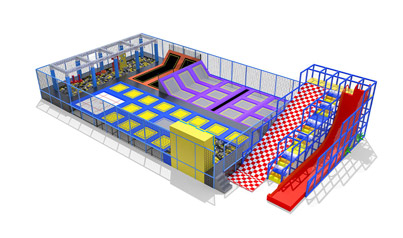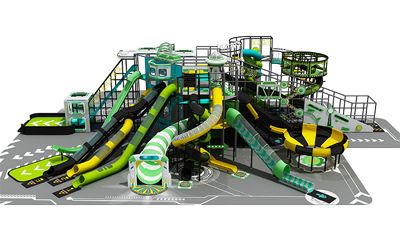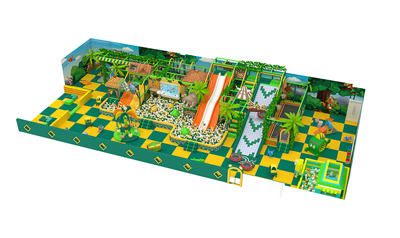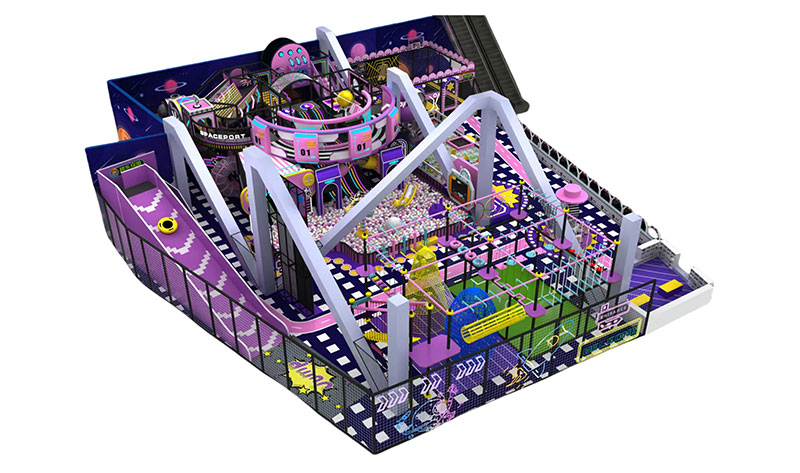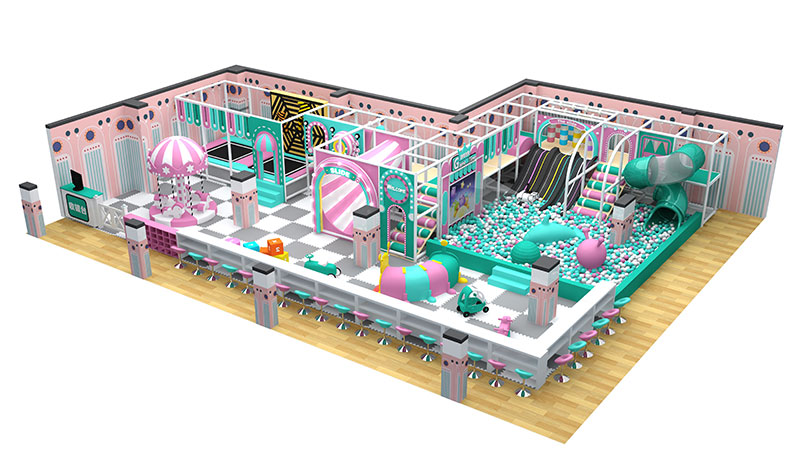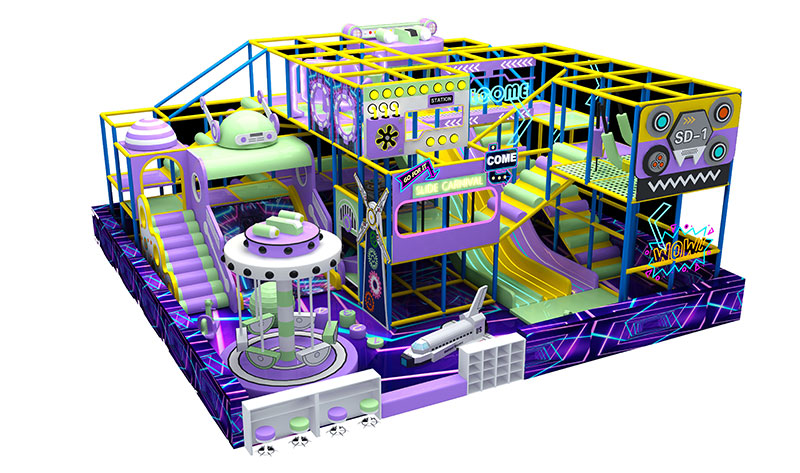When the weather isn’t cooperating, or you’re simply looking for a safe and controlled play environment for your kids, an indoor playground is the perfect solution. These spaces are designed to keep kids active, engaged and social, while giving parents peace of mind. In this guide, we’ll explore the best indoor play activities, the benefits they offer, and how to choose the right indoor playground for your family.
What are indoor playgrounds?
Indoor playgrounds are specially designed indoor play areas where children can play, exercise and use their physical and imaginative abilities regardless of outdoor conditions. They typically include the following:
Soft play structures (climbing walls, slides, ball pits)
Trampolines and bouncy castles
Interactive and sensory play areas
Role-play areas (mini grocery stores, toy kitchens)
Obstacle courses and tunnels
These spaces cater to children of different ages, ensuring that toddlers, preschoolers and older children can all play safely and have fun.
Best Indoor Play Activities for Kids
1. Climbing Frames and Slides
Indoor playgrounds often contain multi-level climbing frames with tunnels and slides to help kids develop motor skills and confidence.
2. Ball Pit
A classic favorite, the ball pit encourages sensory play and social interaction while keeping kids entertained for hours.
3. Trampoline Park
Many indoor playgrounds have trampoline areas, allowing kids to burn off energy while working on balance and coordination.
4. Interactive Play Areas
From digital floor games to light-up walls, tech-enhanced play areas blend fun with learning.
5. Role Play Areas
Miniature cities, toy kitchens, and dress-up stations inspire creativity and social skills.
6. Obstacle Courses
Timed challenges and ninja warrior-style obstacle courses offer exciting physical activities.
7. Arts and Crafts Corners
Some indoor playgrounds have creative workstations where kids can draw, paint, or build.
Advantages of Indoor Playgrounds
All-day fun — no need to worry about rain, snow or sweltering heat.
Safe environment – Soft cushions and age-appropriate structures reduce the risk of injury.
Social development – Children interact with their peers, improving communication and teamwork skills.
Physical activity – Helps overcome sedentary habits and promotes healthy growth.
Parent-friendly – Many centers offer seating areas for adults, Wi-Fi and cafes.
How to choose the best indoor playground
When choosing an indoor playground, consider the following factors:
Age-appropriate areas – Make sure the facility has age-appropriate areas for your child.
Sanitation and cleanliness – Look for a facility that regularly disinfects toys and play equipment.
Safety measures – Check for padded floors, secure structures and staff supervision.
Membership or pay-per-use options – Choose one based on how often you plan to play.
Extras – Some centers offer party rooms, cafes or parent lounges.
Conclusion
Indoor playgrounds offer a great opportunity for children to stay active, make friends and explore their imaginations in a safe environment. Whether it’s climbing, jumping or creative play, these spaces offer endless entertainment while giving parents a break. The next time you’re looking for a fun day out, consider an indoor playground – it’s a win-win for the whole family!


